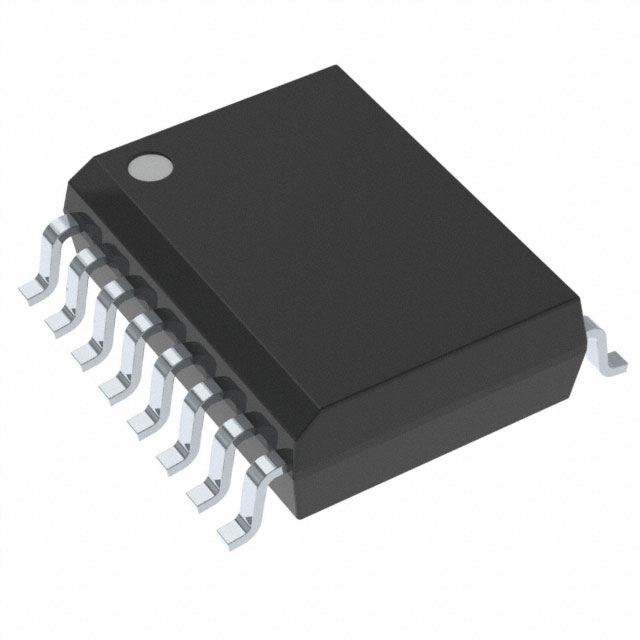

Texas Instruments
TCA9534ADWR
I/O Expanders




.png?x-oss-process=image/format,webp/resize,p_30)


TCA9534ADWR Description
The TCA9534ADWR is a low-power I2C bus switch from Texas Instruments. It is designed to enable communication between multiple I2C devices and a single I2C bus master. Here is a description of the TCA9534ADWR, including its features and applications:
Description:
The TCA9534ADWR is a 4-port I2C bus switch that allows a single I2C bus master to communicate with up to four I2C bus slaves. It is a low-power device that operates at a voltage range of 1.7V to 5.5V and has a small package size of 10-pin WSON.
Features:
- 4-port I2C bus switch with support for standard and fast-mode I2C communication.
- Low power consumption with a typical current consumption of 0.1 mA in active mode and 0.7 μA in standby mode.
- Supports I2C bus speeds up to 400 kbps.
- Small package size of 10-pin WSON.
- Operating voltage range of 1.7V to 5.5V.
- Supports hot-swappable devices without bus contention.
- Provides individual channel control and status registers for easy configuration and monitoring.
- Supports multi-master scenarios with arbitration and bus conflict detection.
Applications:
- Consumer electronics: Connecting multiple I2C devices, such as sensors and displays, to a single I2C bus in smartphones, tablets, and smart home devices.
- Industrial automation: Enabling communication between various I2C-based sensors and controllers in industrial automation systems.
- Automotive: Facilitating communication between multiple I2C devices in automotive applications, such as infotainment systems, instrument clusters, and body control modules.
- Medical equipment: Connecting various I2C-based sensors and devices in medical equipment, such as patient monitoring systems and diagnostic devices.
- IoT devices: Enabling communication between multiple I2C devices in Internet of Things (IoT) devices, such as smart sensors and wearables.
In summary, the TCA9534ADWR is a versatile and low-power I2C bus switch that can be used in a wide range of applications where multiple I2C devices need to communicate with a single I2C bus master. Its small package size, low power consumption, and support for standard and fast-mode I2C communication make it an ideal choice for space-constrained and power-sensitive applications.
Tech Specifications
TCA9534ADWR Documents
Download datasheets and manufacturer documentation for TCA9534ADWR
 TCA9534A
TCA9534A  TCA9534A
TCA9534A  Design 25/Feb/2022
Design 25/Feb/2022 Shopping Guide




























.png?x-oss-process=image/format,webp/resize,h_32)










